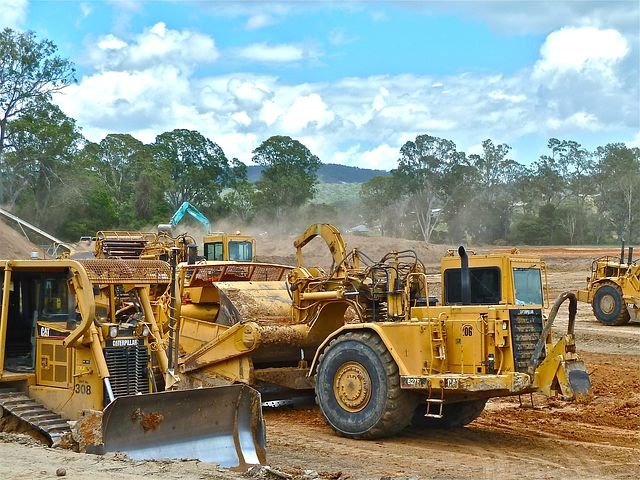CIVIL ENGINEERING AS A PROFESSION

As I was been taught in my university days Civil engineering is a professional engineering discipline that deals with the design, construction and maintenance of the physical and naturally built environment including works like roads, bridges, canals, dams and buildings just to mention few. It is the oldest engineering discipline after military engineering and it was defined to distinguish non-military engineering from military engineering. It is traditionally broken into several sub-disciplines including environmental, geotechnical, geophysics, geodesy, control, structural bio-mechanics, nanotechnology, transportation, earth, atmospheric, forensic, municipal/urban, water resources, materials, coastal, survey and construction.

The Civil Engineering curriculum at the University of Colorado (CU) and most other universities emphasize the following major subdisciplines: structural, environmental, water resources, geotechnical, construction and works. Holistically however, Civil engineering capacity is the modification of nature to create and improve human habitats. It works towards an ideal which is a “standard of perfection, beauty, or moral and physical excellence, especially as an aim of attainment or realization”. Civil engineers strive to “match functionality with aesthetic in every manifestation of the profession”.
Infact, the consequently civil engineering takes place in all levels: in the public sector, from municipal through to national governments, and in the private sector from individual homes through to international companies. It is concerned with the improvement and care of the built and natural environment; clearly with planning, designing, construction, operation and maintenance of buildings, dams, bridges, harbours, power facilities pollution, control facilities, water Supply and transportation systems. The specialties within the Civil Engineering capacity include: Structural engineering, planning, design and operation of buildings, bridges and special purpose structures such as towers, cranes, stadia, industrial plants and construction materials.